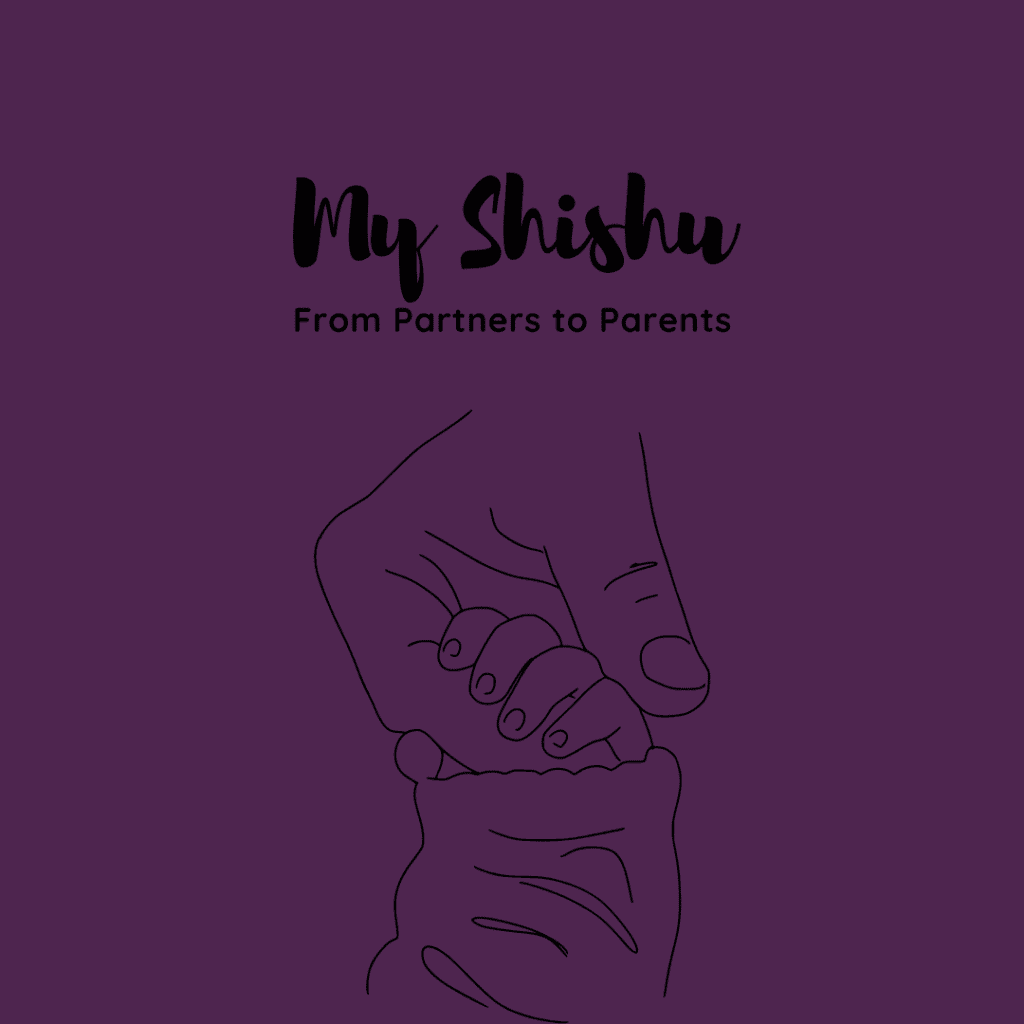Choking with baby led weaning
Choking with baby led weaning
Embarking on the adventure of introducing solid foods to your little one is a milestone filled with excitement and, for some parents, a touch of apprehension. The concern about gagging and choking is not uncommon, but understanding the nuances is crucial. Let’s delve into the world of baby-led weaning (BLW) and address these worries with knowledge and confidence.
Table of Contents
- Gagging vs. Choking: Choking with baby led weaning
- Gagging: Choking with baby led weaning
- Choking: Choking with baby led weaning
- Research Insights: Choking with baby led weaning
- Promoting Safe Baby-Led Weaning Practices: Choking with baby led weaning
- Conclusion: Choking with baby led weaning
Gagging vs. Choking: Choking with baby led weaning

Many parents worry about the risk of choking with baby-led weaning, but the evidence suggests that the likelihood is not higher than with traditional spoon-feeding. Gagging, a reflex triggered to prevent swallowing, is a normal part of the learning-to-eat process. It serves as a protective mechanism and is not dangerous. Understanding the difference between gagging and choking is essential for parents to navigate this phase successfully.
Gagging: Choking with baby led weaning
Gagging in infants is a common occurrence, especially when they are introduced to solid foods. With BLW, where real foods are introduced earlier, the baby’s gag reflex is further forward in the mouth, serving as a protective mechanism against choking. It’s important to remember that gagging decreases with time and practice. Parents can support their little ones by staying calm, avoiding unnecessary interventions, and allowing the natural learning process to unfold.
Choking: Choking with baby led weaning
While gagging is a normal part of BLW, choking is a rare and serious event where food mistakenly enters the airway instead of the esophagus. Understanding the signs of choking, such as silence and a change in skin color, is crucial for parents. Fortunately, the research suggests that the potential risk of choking with BLW is not significantly higher than with traditional weaning approaches.
Research Insights: Choking with baby led weaning
Multiple studies, including the BLISS Study and research by Dr. Amy Brown, indicate that the fear of choking is not a substantial factor in choosing BLW. The frequency of choking incidents does not show a significant difference between BLW and traditional weaning methods. Parents following BLW should focus on providing safe finger foods, promoting self-feeding, and being attentive during mealtimes.
“A baby is God’s opinion that the world should go on.”
—Carl Sandburg
Promoting Safe Baby-Led Weaning Practices: Choking with baby led weaning
To ensure a safe BLW experience, parents can follow practical tips:
- Let Your Baby Feed Themselves: Avoid putting food directly into your baby’s mouth, allowing them to control the food with their tongue and chew it.
- Always Supervise: Stay vigilant during mealtimes, as choking is a silent event. Sitting down with your baby promotes a safer eating environment.
- Offer Soft Foods: Steam hard fruits and veggies until soft to reduce the risk of choking. Soft foods like bananas and avocados are safe raw.
- Safe Sizes of Food: Slice or grate foods into safe shapes and sizes. Avoid offering foods in stick shapes to prevent potential choking hazards.
- Remove Distractions: Eliminate toys or TV during meals to prevent a distracted baby, as distraction may increase the likelihood of choking.
- Seat Baby Safely: Use a proper high chair with adequate support. Ensure the tray/table is positioned between the nipples and belly button, and your baby’s feet rest on a footrest.
Conclusion: Choking with baby led weaning
As parents embrace baby-led weaning, understanding the natural processes of gagging and choking is crucial. Armed with knowledge, confidence, and safe feeding practices, parents can navigate this exciting phase of their baby’s development. Remember, each messy meal is a step toward independence and healthy eating habits.
Quiz Time: Choking with baby led weaning
- What is the crucial difference between gagging and choking?
- A) Gagging is silent, while choking is noisy.
- B) Gagging is a protective reflex, while choking is a rare event.
- C) Gagging occurs only with BLW, while choking is common in traditional weaning.
- Why is it important to slice or grate hard foods thinly for BLW?
- A) To make them easier for parents to handle.
- B) To offer a variety of shapes for visual stimulation.
- C) To reduce the risk of choking and ensure safe sizes for the baby.
Answers:
- B) Gagging is a protective reflex, while choking is a rare event.
- C) To reduce the risk of choking and ensure safe sizes for the baby.
Celebrate each step of your child’s journey and remember that parenting is an ever-evolving adventure. Stay tuned for more insightful blogs from MyShishu!
Explore our range of courses on new-age parenting at New-Age Parenting | Modern Parenting Styles | MYSHISHU.
For additional parenting insights and valuable information, check out our blog “Cry, Feeding and Weaning of Newborn Baby” at Cry, Feeding and Weaning of Newborn Baby – My Shishu.
Hope you’ve enjoyed the blog “Choking with baby led weaning”. Happy Parenting!










